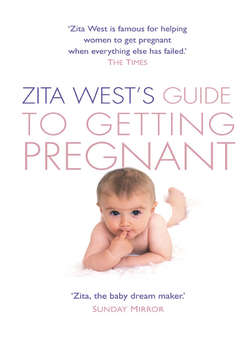Читать книгу Zita West’s Guide to Getting Pregnant - Zita WEST, Zita West - Страница 36
Why Cycle Length Matters
ОглавлениеThe length of the menstrual cycle is measured from the first day of menstruation (first day of fresh bleeding) up to the day before the next period starts. The time you are fertile will vary according to the length of your cycle. The time from ovulation to the next period is likely to be constant – approximately 10 to 16 days – whereas the time before you ovulate can be more variable.
The fertile time in a woman’s cycle is identified by two different approaches:
1. by looking at the length of your cycle and making calculations based on observing your secretions (see page 22)
2. by a combination of recording your temperature and knowing the position of your cervix (see page 22) – though I don’t usually encourage women to use these measures, as trying to do so can be confusing and stressful.
Understanding that the post – ovulation phase remains constant at around 14 days, while the pre – ovulation phase is the one that’s variable, is essential because this will help you to work out, roughly, when you are ovulating. Once you have a rough idea of what’s normal for you, working out the other indicators of fertility becomes easier.
Only if a woman’s cycle is a regular 28 days does she ovulate mid – cycle, around day 14. If her regular cycle is 25 days, then ovulation occurs around day 11; a cycle of 35 days means ovulation around day 21; and for a very long cycle of 42 days, ovulation occurs around day 28.
Many women mistakenly believe that ovulation occurs ‘mid – cycle’, then wonder why they are getting their calculations wrong. Everywhere this myth continues to be perpetuated, and it can really hamper couples’ attempts to conceive. For example, if you thought the middle of your 35-day cycle was when you were ovulating, you’d think this was day 17 – when in fact, it’s day 21 – and would thereby make a crucial error when it came to timing sexual intercourse to coincide with your fertile time.
If you don’t have an understanding of this basic information about the two phases of the menstrual cycle, all the other indicators of fertility you are trying to evaluate just won’t ‘add up’.
